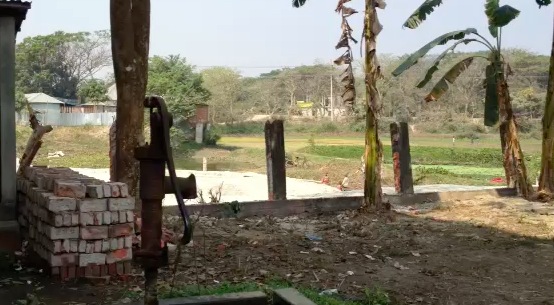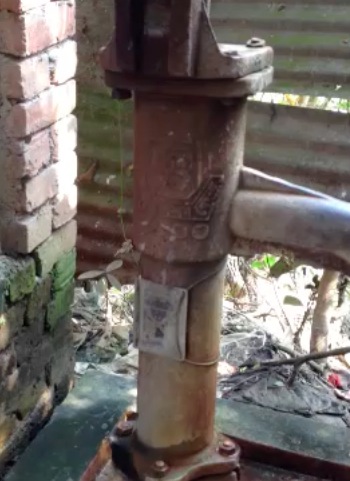Mitigation

But observation was only one part of a public health study. Another crucial element was mitigation or remediation—trying to make matters better for the study participants. When engaged on human-subject research, scientists observed a variety of ethical and behavioral codes; each institution, professional organization and funder had its own guidelines. But they shared a few principles: such experiments required the approval of a research ethics committee and the informed consent of subjects; and studies should minimize risks and keep them proportionate to the potential benefits. [18] Apart from this, however, there were no clearly defined obligations for researchers. The guidelines did not address such questions as when or how to provide benefits like healthcare and education to test subjects. [19] In practice, each research project devised its own response. Sometimes scientists argued that the research itself would benefit subjects through the discovery of new treatments, or improvements in understanding a given illness.
In Bangladesh, the Columbia team wanted to help those it proposed to study. In addition, the Columbia University institutional review board (IRB) and the BMRC (acting as IRB in Bangladesh) insisted that remediation efforts accompany any observational study of human subjects. Notes Graziano:
After all, we’re in public health. We want to intervene. [Plus] the institutional review boards, both here and in Bangladesh, [insisted on it]. They said you may do this [observational research], but you have to do everything possible to mitigate.
One difficulty was that none of the NIEHS funds could be used for mitigation alone. Says Graziano: ” We get federal funding to do the science. [But] then when you realize what the solution is, you’re on your own.” Intervention was permitted as part of a study of mitigation strategies or if a test protocol called for it. In this way, they could drill some wells, hand out water filters, provide arsenic education. But for the most part, it meant looking for money anywhere and everywhere. Van Geen was in charge of mitigation strategies. “On every trip you say OK, how could we lower exposure? What can we do in the practical setting?” he says.
Early efforts were relatively low-cost. For example, HEALS helped label wellheads safe or unsafe so that villagers could easily tell the difference. Working with Columbia economists and NIPSOM researchers, van Geen and Graziano also organized a public awareness campaign involving parades and posters. [20] Dr. Hussain orchestrated an arsenic education program incorporating music and dance. Separately, with funding from an anonymous donor, the researchers drilled 50 deep wells to replace the medium depth wells that were contaminated in the Araihazar study area.

A labeled wellhead
Results . As early as 2003, the Superfund projects in Bangladesh were yielding results in areas as diverse as geochemistry, hydrology, genetics, epidemiology, and children’s health. For example, cohort studies like HEALS were intended to spark other ideas for ways to analyze the masses of data they produced. So in 2002, Ahsan had spun off a project looking for genetic and other biomarkers as well as susceptibility factors for arsenicosis. The small-scale study turned up some likely genetic suspects and led to a three million dollar grant from the National Cancer Institute (NCI) for a larger study in 2004. [21] As part of the geology and geochemistry group’s work on mitigation strategies, van Geen orchestrated the publication in 2006 of a Policy Forum in the journal Science demonstrating that the most effective way to stop people from drinking arsenic-contaminated water was to test existing water sources, label contaminated wells, and provide water from safe deep wells. They encouraged the drilling of deep community wells. [22]
[18] For more on ethics guidelines for research funded by the National Institutes of Health, see: http://ohsr.od.nih.gov/guidelines/index.html
[19] London, Alex John, "Responsiveness to Host Community Health Needs" (2008). Department of Philosophy. Paper 402. See: http://repository.cmu.edu/philosophy/402 .
[20] Malgosia Madajewicz et al., “Can information alone change behavior? Response to arsenic contamination of groundwater in Bangladesh,” Journal of Development Economics 84 (2007), pp.731-754.The Columbia economists were Pfaff and Madajewicz (ref footnote 14).
[21] Habibul Ahsan et al., “Oxidative stress genes myeloperoxidase and catalase and susceptibility to arsenic-induced hyperkeratosis,” Cancer Letters 2003; 201(1): 57-65.
[22] M.F. Ahmed et al, “Ensuring safe drinking water in Bangladesh,” Science 314, 1687-1688, December 15, 2006. See: http://www.ldeo.columbia.edu/~avangeen/publications/documents/Ahmed_Science_06.pdf